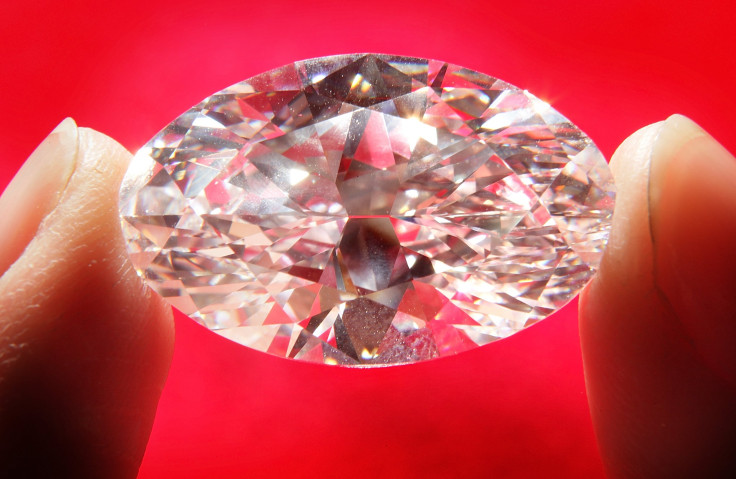Nanodiamonds Could Prevent Tooth Loss; Decrease Risk Of Residual Infection After A Root Canal

More than 15 million painful-yet-necessary root canal procedures are performed in the U.S. each year to ward off tooth infections. But complications, such as a residual infection, sometimes arise post-surgery. While these complications can lead to tooth loss, a new study led by the UCLA School of Dentistry has found that they can be warded off by a girl’s best friend: diamonds.
Nanodiamonds, specifically, were the subject of the researchers' study. Thousands of times smaller than a human hair, nanodiamonds are the byproduct of diamond mining and refining. They’ve also been widely explored for use in dentistry, cancer therapy, and regenerative medicine, among other applications. Combining the nanodiamonds with current root canal therapy, scientists fortified a material that could significantly improve the outcomes of root canal patients.
Typically during a root canal, the inflamed dental pulp — the area inside a tooth where there are nerves and blood vessels — is removed by dentists and refilled with a polymer called “gutta percha.” The purpose of the polymer is to act as a sealant and prevent future infection. However, gutta percha isn’t always successful in ridding a tooth of infection, in part due to the material not being a complete solid.
Using a compound that consisted of nanodiamonds and the traditional gutta percha mixture, the team at UCLA conducted two different experiments on human teeth. One set of teeth was tested with nanodiamond-reinforced gutta percha while another set was tested with nanodiamond-reinforced gutta percha loaded with antibiotics.
Similarly to the traditional gutta percha mixture, the nanodiamond-strengthened compound left small gaps in the canal — making the tooth susceptible to harmful bacteria. CT imaging, however, proved that the enhanced material filled the canal just as effectively as non-diamond gutta percha. When it came to the nanodiamonds infused with gutta percha and the antibiotic amoxicillin, however, the researchers found that it prevented bacterial growth. Furthermore, the nanodiamond gutta percha mixture with antibiotics proved much stronger than traditional methods. Altogether it conferred a lower chance of infections or other complications following a root canal.
"The nanodiamond-enhanced gutta percha combines many desirable properties into a single platform, including vastly improved mechanical characteristics and the ability to combat bacterial infection following a root canal," study author Dong-Keun Lee said in a press release.
Over the next two years, the team plans to optimize the nanodiamond-reinforced gutta percha formulation, and begin clinical trials at UCLA.
Source: Lee D, Kim S, Limansubroto A, et al. Nanodiamond–Gutta Percha Composite Biomaterials for Root Canal Therapy. ACS Nano. 2015.



























